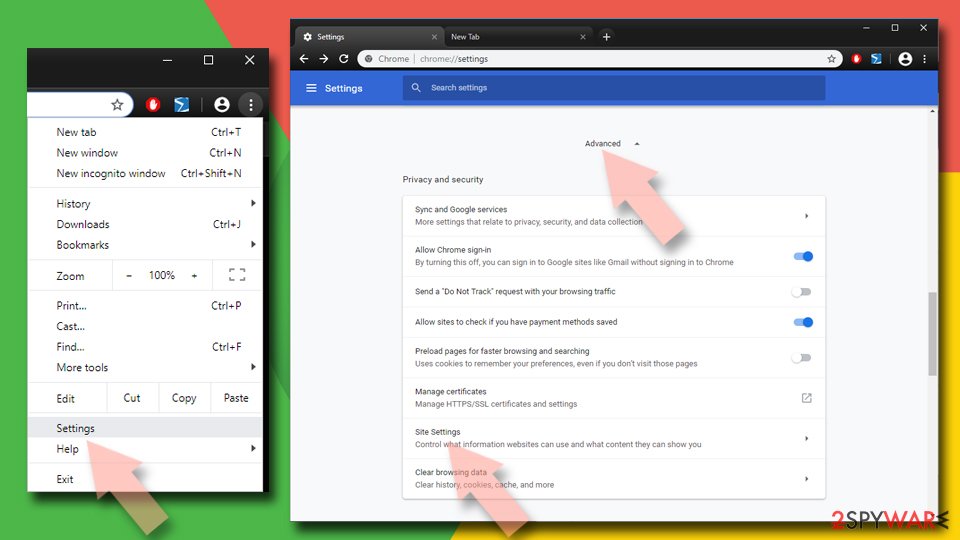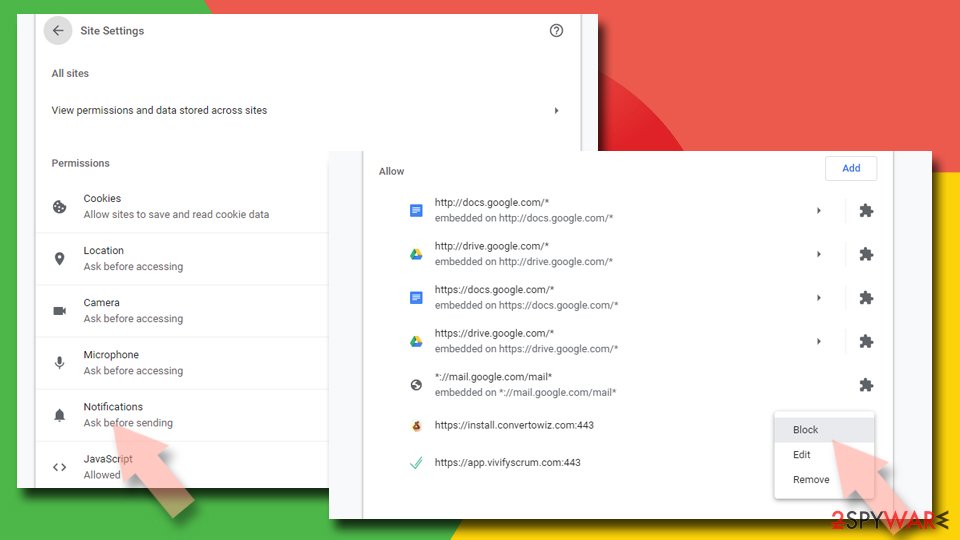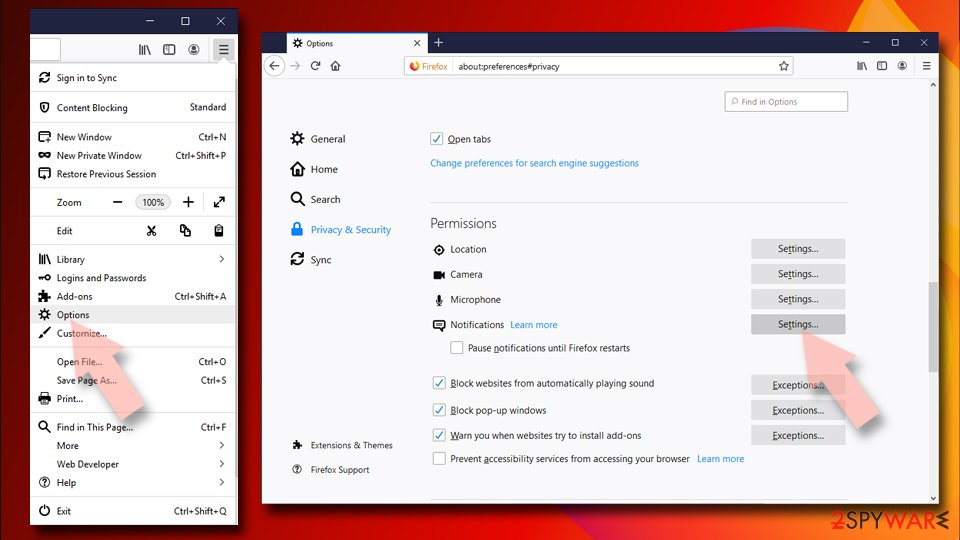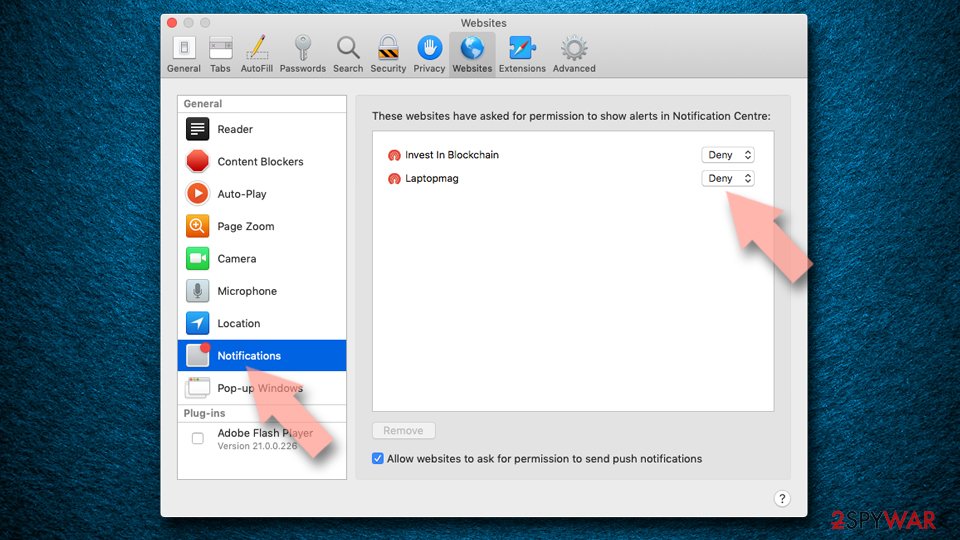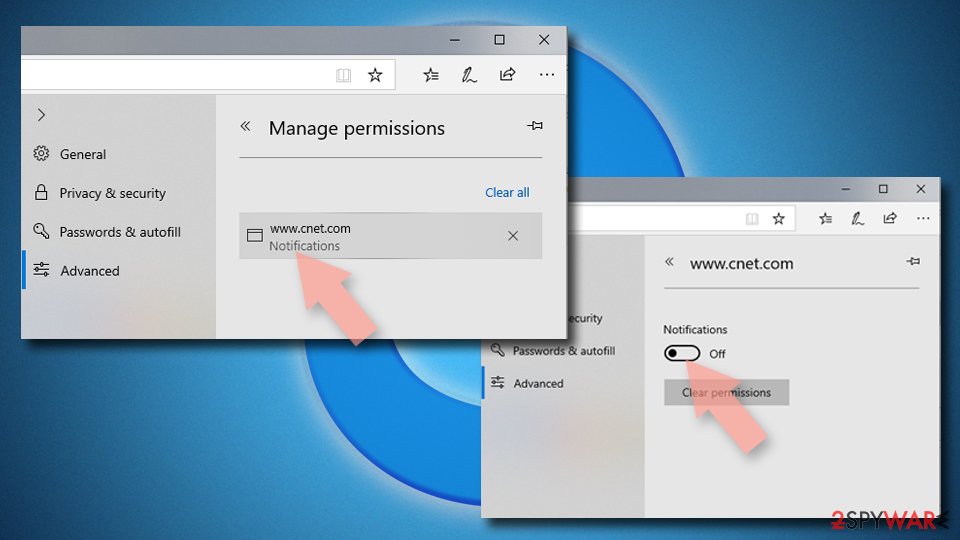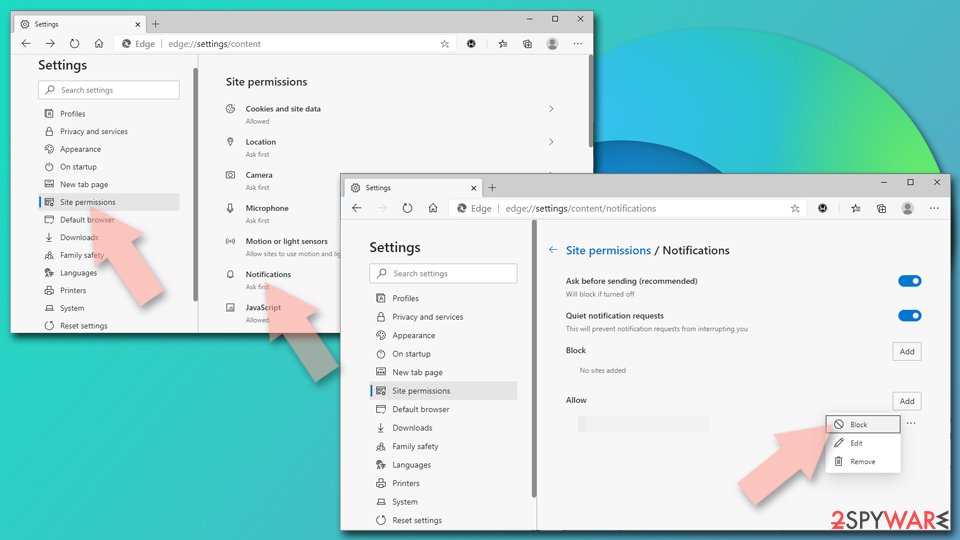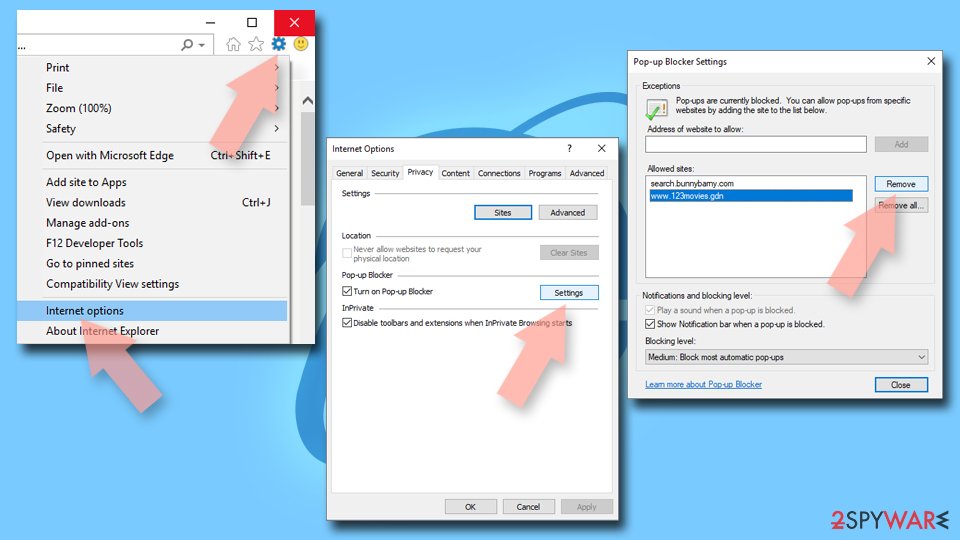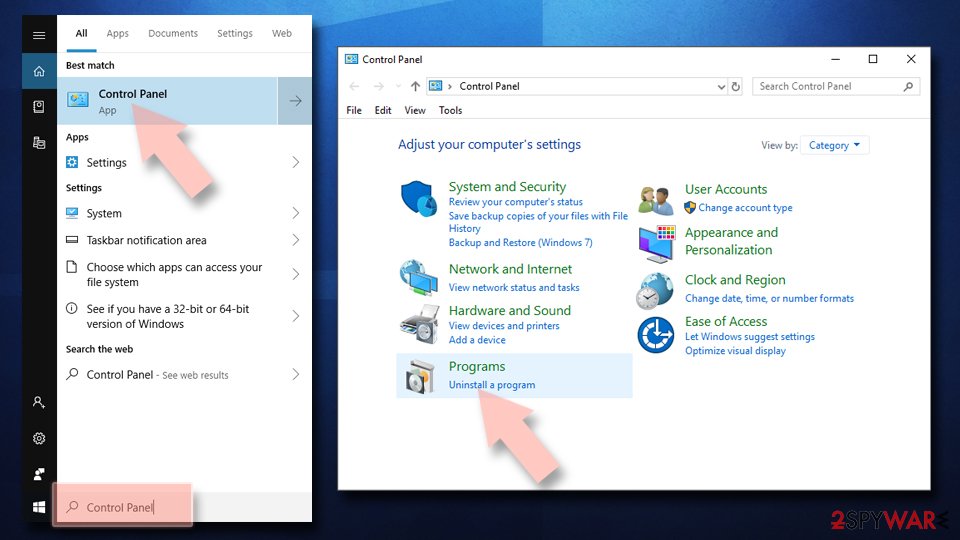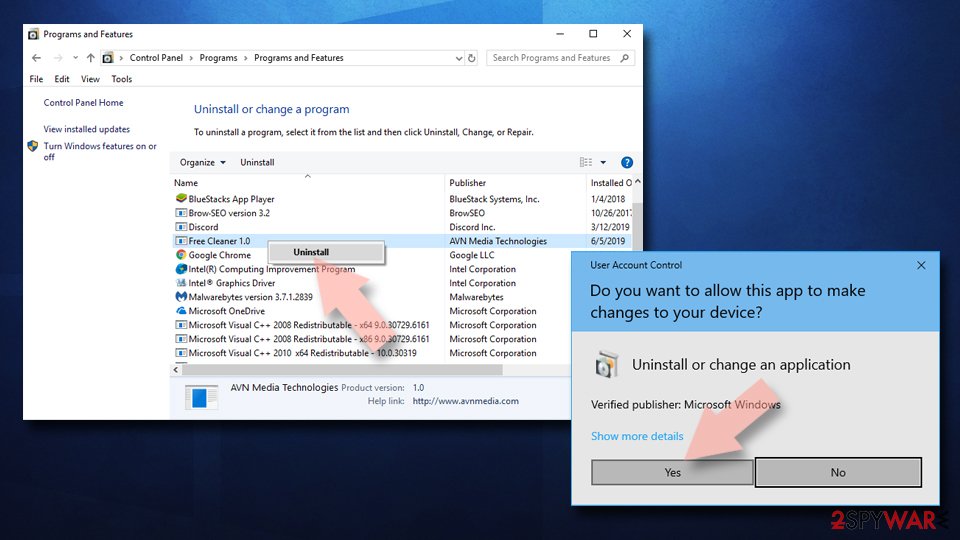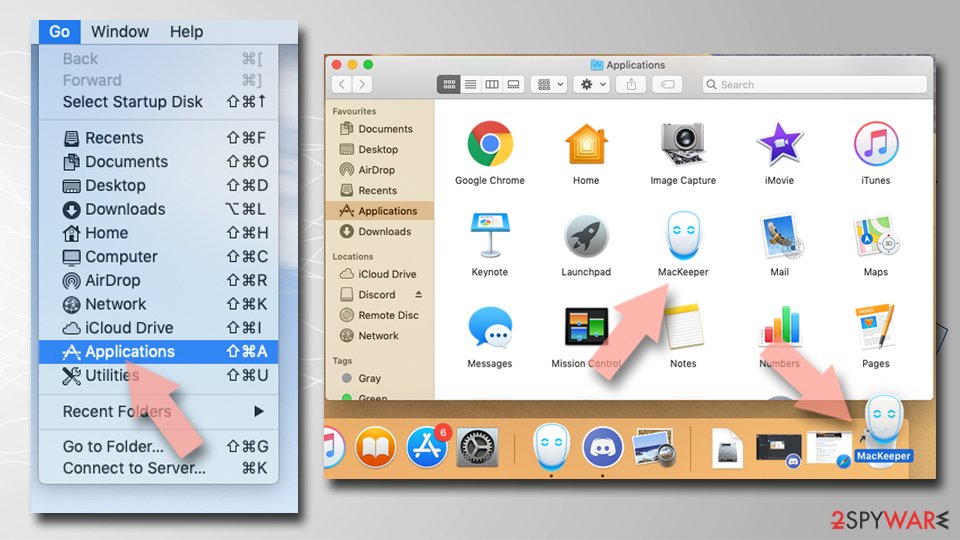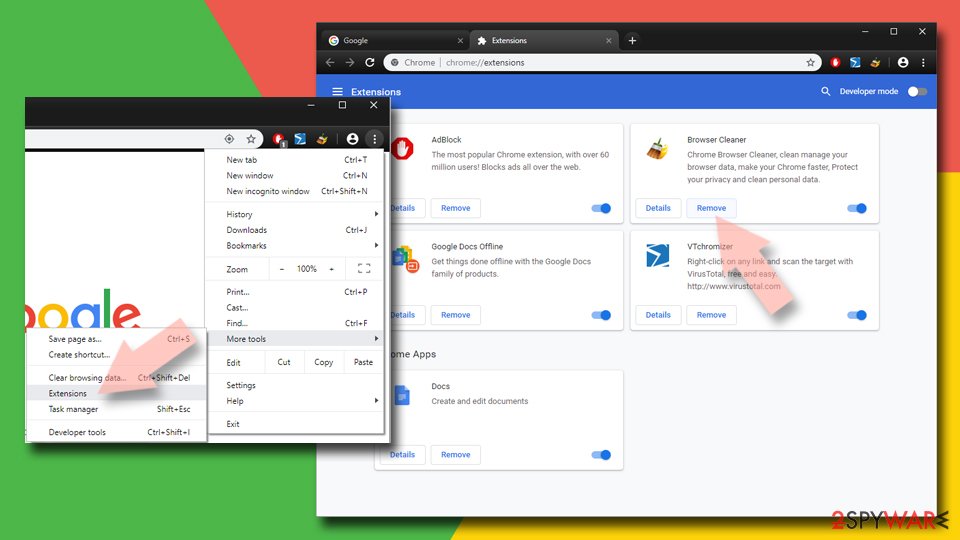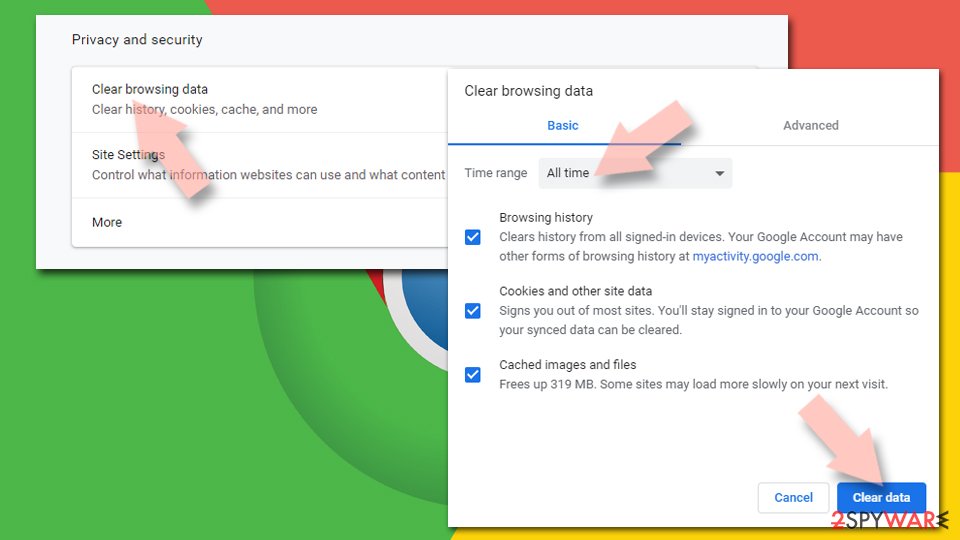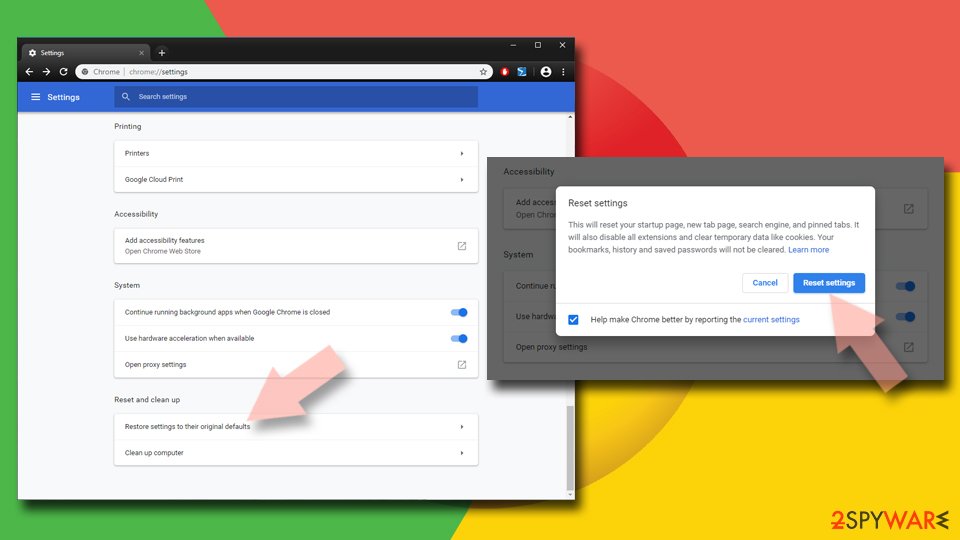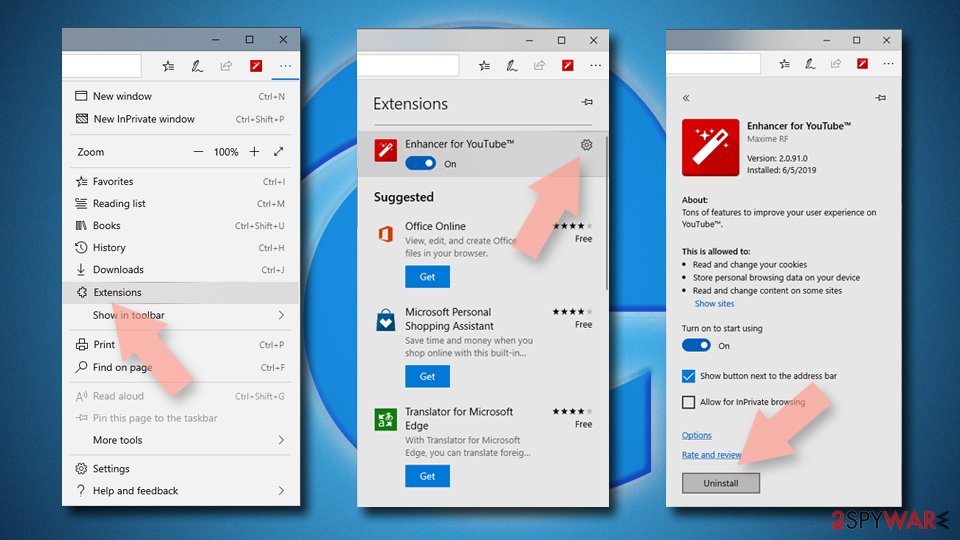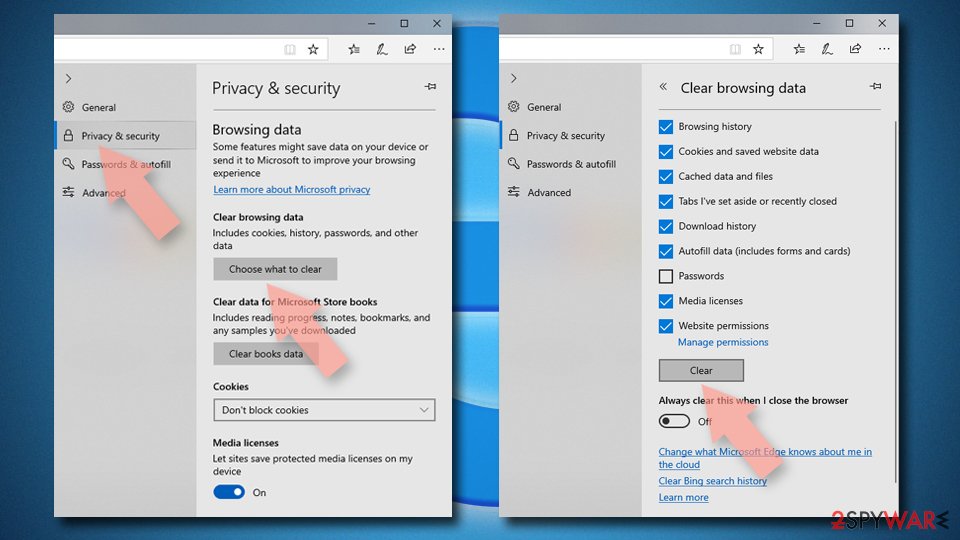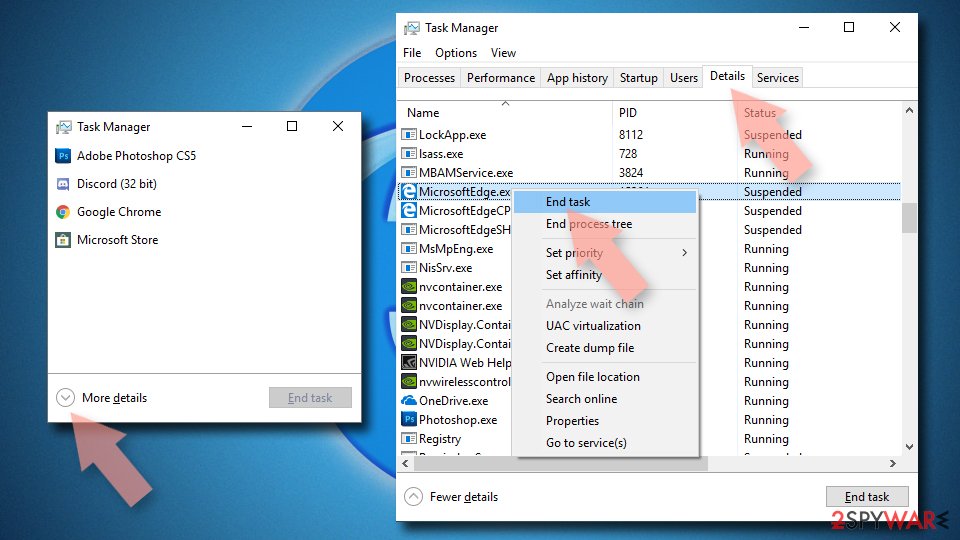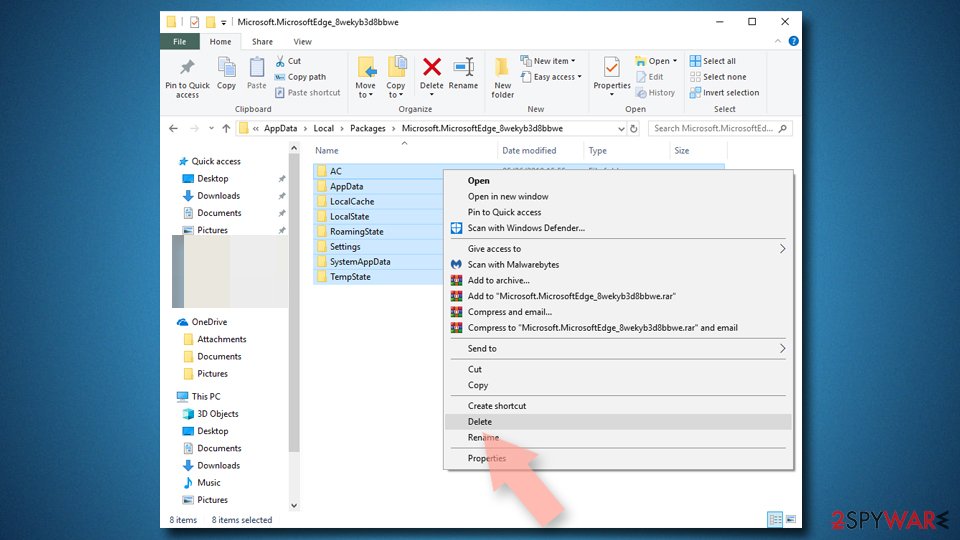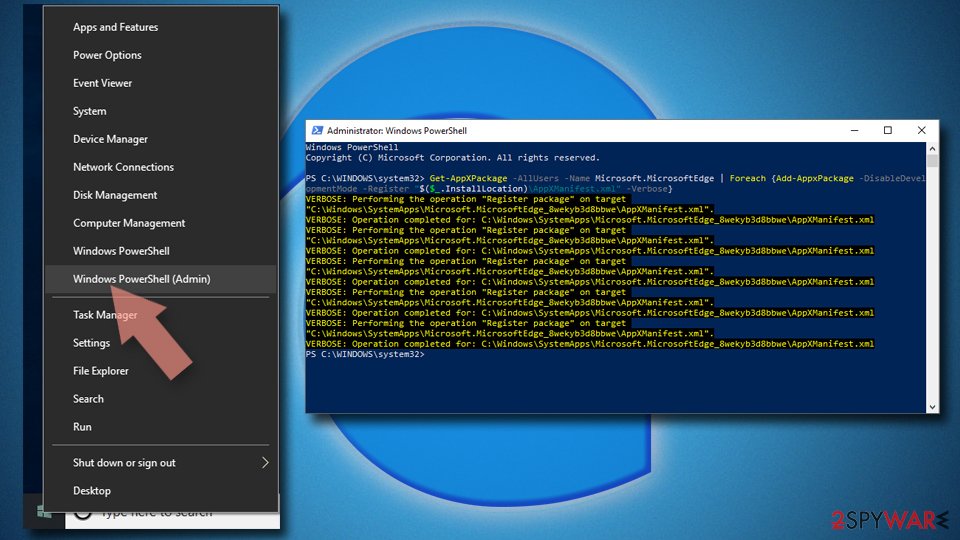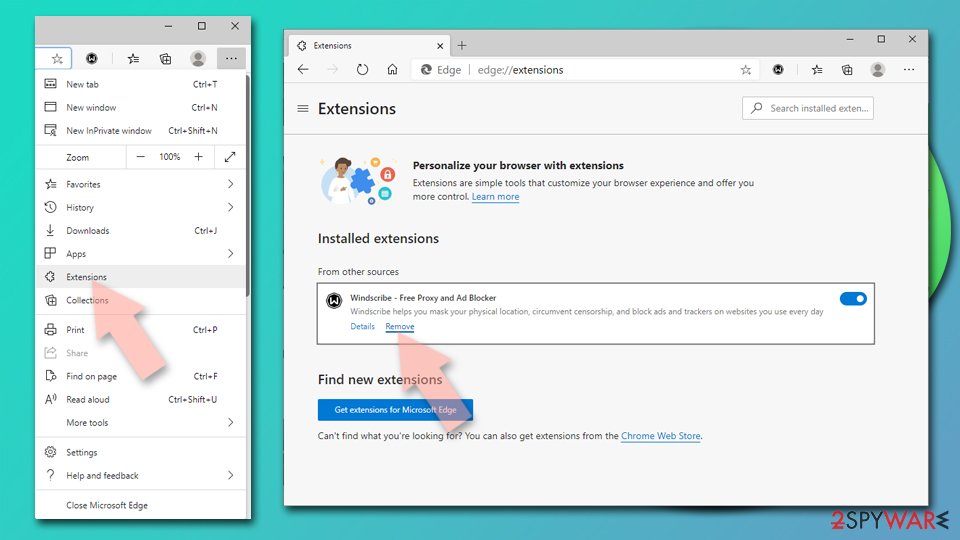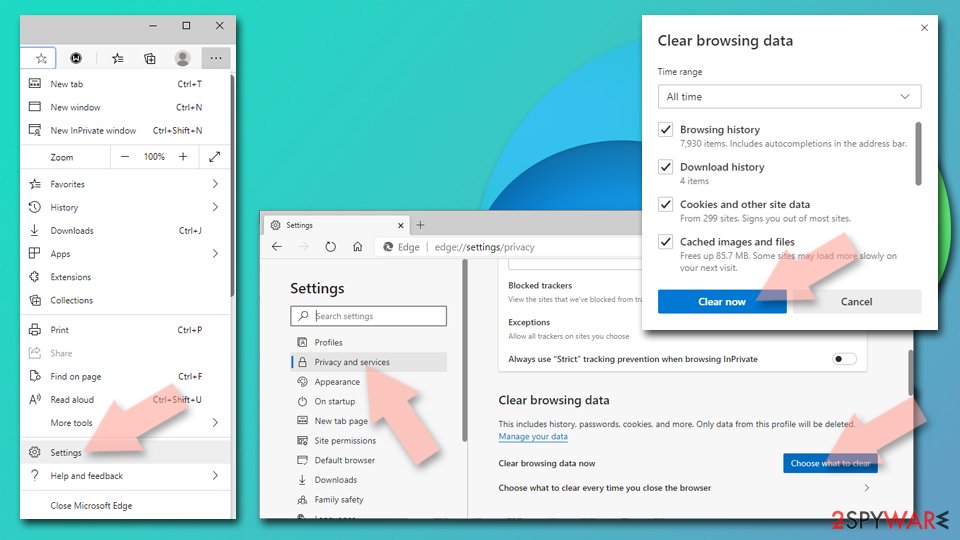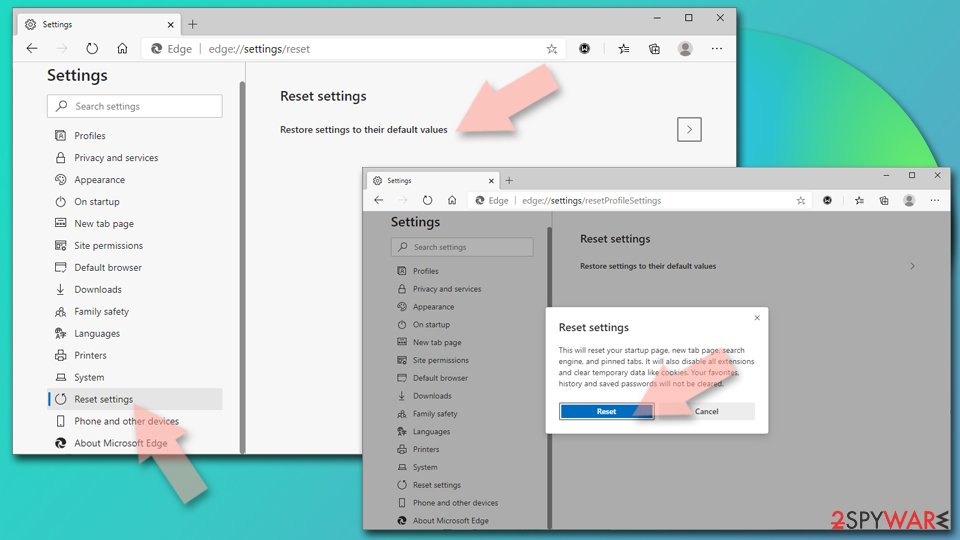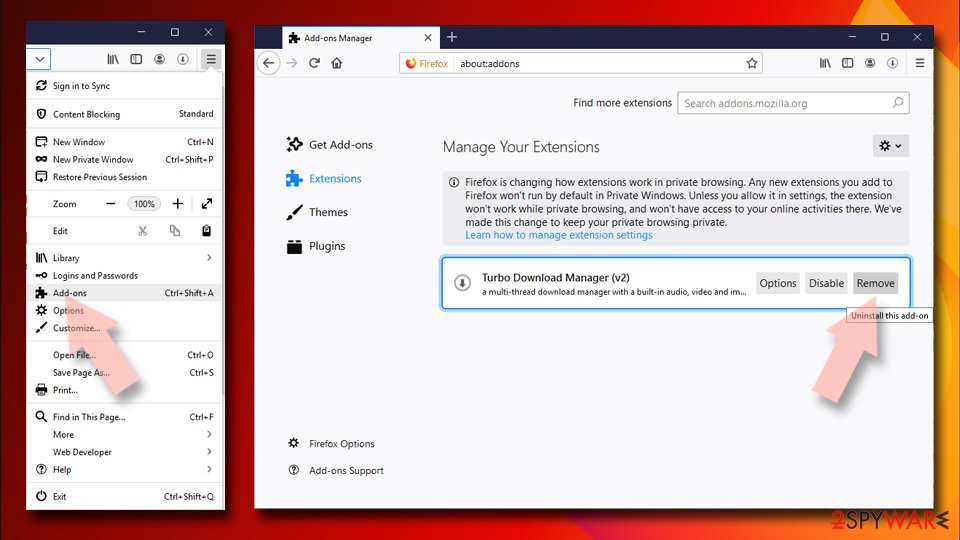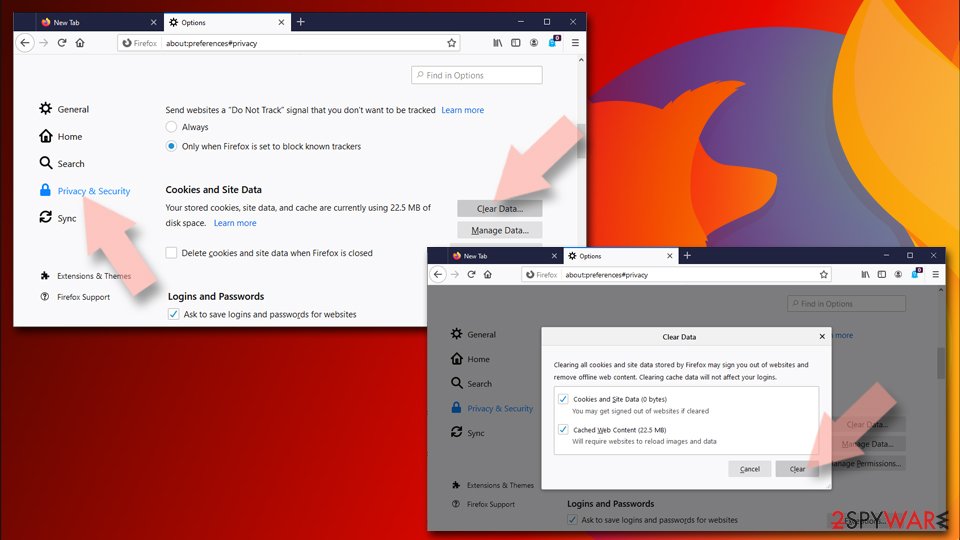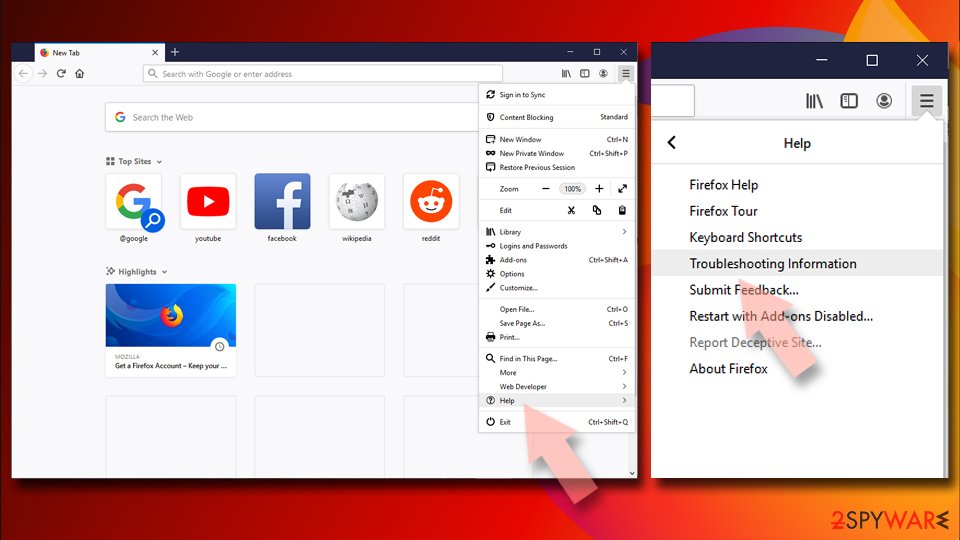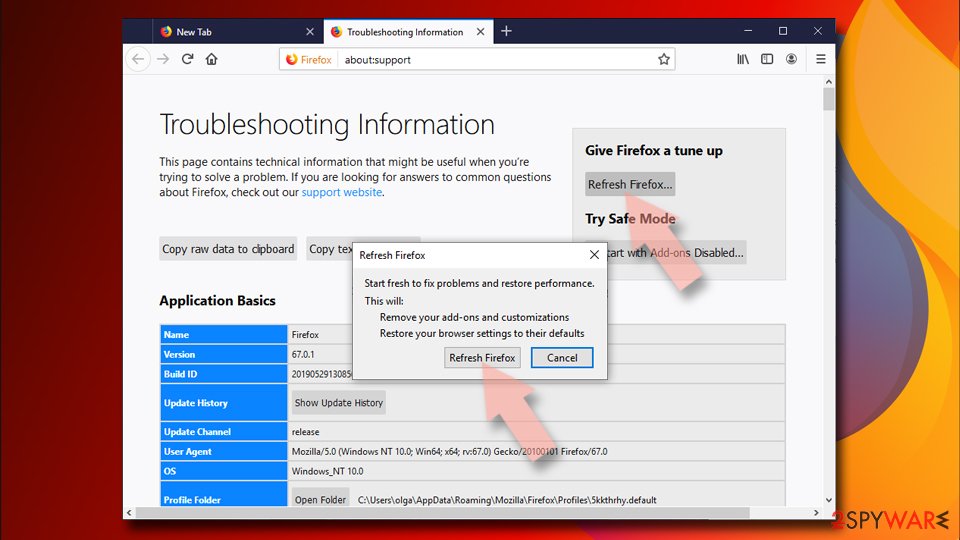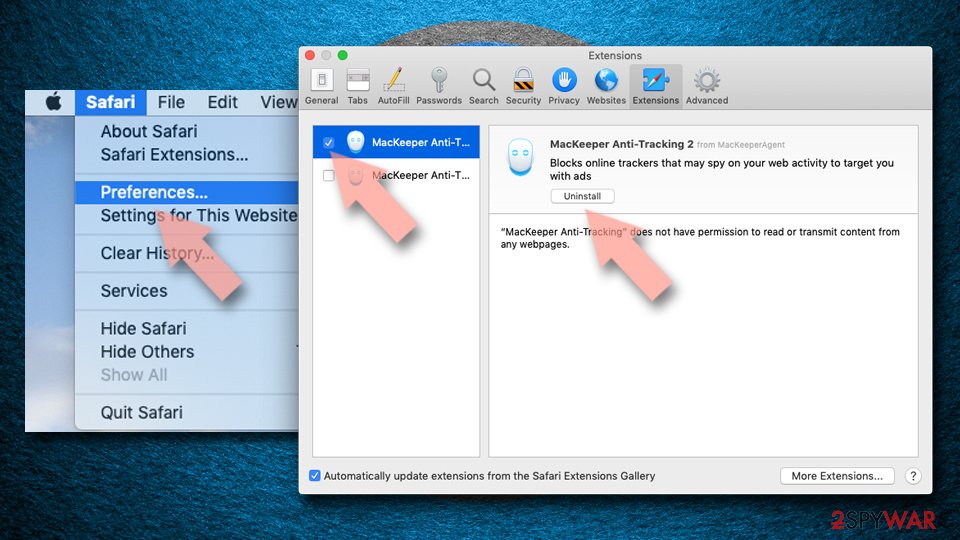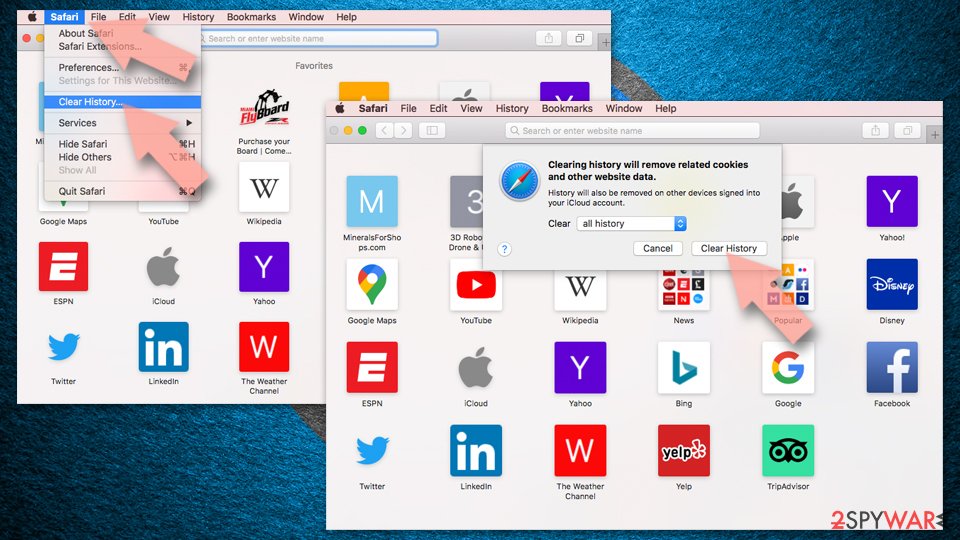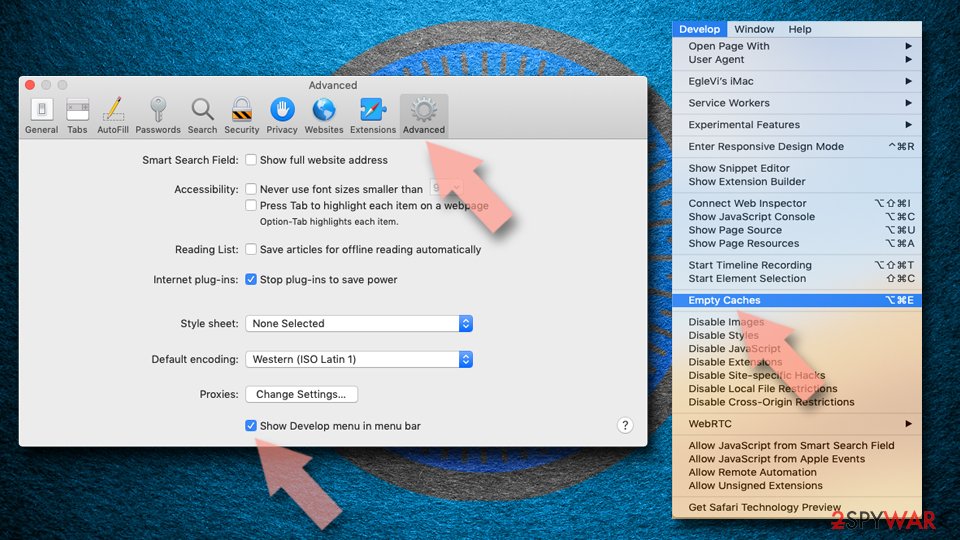Oataltaul.com ads (Free Guide) - Chrome, Firefox, IE, Edge
Oataltaul.com ads Removal Guide
What is Oataltaul.com ads?
Oataltaul.com push notifications won't go away until you stop them via browser settings

Oataltaul.com notifications might start showing up at any time when the computer is, and it does not matter which website is currently opened on Google Chrome or another web browser. This activity has been spotted by numerous people – it disturbs their normal browsing routines constantly. If you have been affected by this issue, do not worry, as there are thousands of people like you. Luckily, these pop-ups can be easily disabled in most cases, although there are a few things you should look at as well besides that.
Most users don't realize that they themselves allowed the site to send them notifications during some type of interaction online, be it deliberate or not. In particular, people start receiving Oataltaul.com ads as soon as they press the “Allow” button within the notification prompt. In fact, they get tricked into doing so most of the time.
It is vital not to click any links that are promoted via these pop-ups; otherwise, you might end up on malicious websites where you could be tricked into downloading malicious software/potentially unwanted programs[1] or disclose your personal information such as credit card details.
| Name | Oataltaul.com |
|---|---|
| Type | Push notifications, scam, ads |
| IP address | 139.45.197.162 |
| Distribution | The unwanted activity (popups coming directly to the desktop) starts as soon as the “Allow” button is pressed via the notification prompt |
| Symptoms | Push notifications show on the desktop at random time intervals. These popups show fake notices and push scams. Links can also lead to malware-laden sites |
| Dangers | Clicking on links that are embedded within the notification prompt, exploring the sites these links bring to or downloading files can be particularly dangerous – users can get infected with malware or suffer from financial losses |
| REmoval | To stop the intrusive pop-ups, you need to access your browser's settings (we explain how in detail below) |
| Further steps | Make sure you clean your browsers after you delete PUPs from the system. To do that automatically, you can use FortectIntego |
Push notification scams in detail
Push notification scams have been on the rise for at least half a decade now, mostly because they are so effective. They require no effort to make and can generate thousands of dollars relatively quickly. This is where unfair advertising networks and scammers come in – it is a complicated web of URL redirects that typically bring users to malicious websites.
While previously scam sites did not even bother to provide any content, some of such sites nowadays create fully functional pages that might seem legitimate. For example, if you would access Oataltaul.com right now via the URL bar, you would see plenty of pictures of cats, which a fun logo “All things that go meow.” And who doesn't like cats on the internet? Indeed, everybody does.
However, this is not the form of the website that most users who suffer from forced push notifications encounter. Typically, they are redirected through several URLs before they land on it, and what they see is anything but cats. Instead, visitors are shown a short message that is designed to convince them to press the “Allow” button within the notification prompt.
In order to succeed, website authors simply make users think that the button is something else, i.e., it works as a captcha code verification, or that there is a video to be loaded. There are many fake messages that are used, and some users (especially those who are less familiar with the feature) are more likely to allow these notifications to be shown.

Even clicking the “Block” button does not really do any good, but instead, users are redirected to other similar websites, e.g., Zuglomo.net, Eptobeemeeps.com, or Positive-news.org, all of which would ask for exactly the same thing. In any case, interacting with these websites should not be an option – simply close down the tab immediately.
If you were tricked into allowing Oataltaul.com notifications, do not explore websites that are promoted through these ads. Instead, check your system with anti-malware software and deny permission for the website to continue showing you push notifications. Check the below paragraphs to find out more.
Adware infection might cause unexpected redirects
Many people might not even know that their system is infected with adware, mainly because it is spread via deceptive techniques. Here are a few examples:
- Software bundles. In many cases, users end up with several applications on their machines after they download freeware[2] from third-party websites. Users are deliberately not shown all the components included in the packet installer with the help of pre-ticked boxes, misplaced “Agree” buttons, or fine print text. Picking advanced or custom installation setting and reading the installation carefully usually prevents unintentional installation of unwanted applications.
- Deceptive ads. Fake prompts that claim that Flash Player needs to be installed or updated are commonly used to propagate not only potentially unwanted programs but also malware. In fact, not only Flash's name is used for this purpose, but also Chrome's and many others. Tech support scams[3] that claim that malware has been found on user's computers also commonly offer to install PUPs and adware.
- Cracks/pirated software. These illegitimate apps should never be downloaded, as they can hide malware inside, not only PUPs. In fact, it is one of the methods that ransomware is propagated – the most devastating form of malicious software that might lock your files forever.
Additionally, some apps might go rogue long after they have been installed. It previously happened to relatively reputable ad-blockers, for example. Thus, if you see ads everywhere you go, your web browser settings (homepage, new tab, search provider) have suddenly changed and you suffer from random redirects, scan your device with SpyHunter 5Combo Cleaner or another reputable security software.
Adware is known for tracking users with the help of cookies and other technologies, so it might also be a risk for your privacy. In order to stop that, you should also clean your web browsers carefully once all the PUPs and malware are eliminated. Fixing virus damage done to the system can be done automatically with FortectIntego (it can also clean your browsers for you). Alternatively, you can check the manual instructions for correct adware removal below.
How to get rid of Oataltaul.com ads?
If you have scanned your system with reputable security software and pop-ups still won't go away, it is time to take care of the root cause of the problem – notifications that are shown on the system level. However, it does not mean that your device is infected, there is simply permission granted for Oataltaul.com to deliver push notifications to your screen. This is why people are confused that intrusive ads won't go away after they perform a full system scan with anti-malware.
Google Chrome (desktop):
- Open Google Chrome browser and go to Menu > Settings.
- Scroll down and click on Advanced.
- Locate Privacy and security section and pick Site Settings > Notifications.
![Stop notifications on Chrome PC 1 Stop notifications on Chrome PC 1]()
- Look at the Allow section and look for a suspicious URL.
- Click the three vertical dots next to it and pick Block. This should remove unwanted notifications from Google Chrome.
![Stop notifications on Chrome PC 2 Stop notifications on Chrome PC 2]()
Mozilla Firefox:
- Open Mozilla Firefox and go to Menu > Options.
- Click on Privacy & Security section.
- Under Permissions, you should be able to see Notifications. Click Settings button next to it.
![Stop notifications on Mozilla Firefox 1 Stop notifications on Mozilla Firefox 1]()
- In the Settings – Notification Permissions window, click on the drop-down menu by the URL in question.
- Select Block and then click on Save Changes. This should remove unwanted notifications from Mozilla Firefox.
![Stop notifications on Mozilla Firefox 2 Stop notifications on Mozilla Firefox 2]()
Safari:
- Click on Safari > Preferences…
- Go to Websites tab and, under General, select Notifications.
- Select the web address in question, click the drop-down menu and select Deny.
![Stop notifications on Safari Stop notifications on Safari]()
MS Edge:
- Open Microsoft Edge, and click the Settings and more button (three horizontal dots) at the top-right of the window.
- Select Settings and then go to Advanced.
- Under Website permissions, pick Manage permissions and select the URL in question.
![Stop notifications on Edge 1 Stop notifications on Edge 1]()
- Toggle the switch to the left to turn notifications off on Microsoft Edge.
![Stop notifications on Edge 2 Stop notifications on Edge 2]()
MS Edge (Chromium):
- Open Microsoft Edge, and go to Settings.
- Select Site permissions.
- Go to Notifications on the right.
- Under Allow, you will find the unwanted entry.
- Click on More actions and select Block.
![Stop notifications on Edge Chromium Stop notifications on Edge Chromium]()
Internet Explorer:
- Open Internet Explorer, and click on the Gear icon at the top-right of the window.
- Select Internet options and go to Privacy tab.
- In the Pop-up Blocker section, click on Settings.
- Locate web address in question under Allowed sites and pick Remove.
![Stop notifications on Internet Explorer Stop notifications on Internet Explorer]()
Finally, in a very similar manner, you can deny or allow notifications to be shown by any website on the internet – you can even add the URL manually if you prefer that.
You may remove virus damage with a help of FortectIntego. SpyHunter 5Combo Cleaner and Malwarebytes are recommended to detect potentially unwanted programs and viruses with all their files and registry entries that are related to them.
Getting rid of Oataltaul.com ads. Follow these steps
Uninstall from Windows
Instructions for Windows 10/8 machines:
- Enter Control Panel into Windows search box and hit Enter or click on the search result.
- Under Programs, select Uninstall a program.

- From the list, find the entry of the suspicious program.
- Right-click on the application and select Uninstall.
- If User Account Control shows up, click Yes.
- Wait till uninstallation process is complete and click OK.

If you are Windows 7/XP user, proceed with the following instructions:
- Click on Windows Start > Control Panel located on the right pane (if you are Windows XP user, click on Add/Remove Programs).
- In Control Panel, select Programs > Uninstall a program.

- Pick the unwanted application by clicking on it once.
- At the top, click Uninstall/Change.
- In the confirmation prompt, pick Yes.
- Click OK once the removal process is finished.
Delete from macOS
Remove items from Applications folder:
- From the menu bar, select Go > Applications.
- In the Applications folder, look for all related entries.
- Click on the app and drag it to Trash (or right-click and pick Move to Trash)

To fully remove an unwanted app, you need to access Application Support, LaunchAgents, and LaunchDaemons folders and delete relevant files:
- Select Go > Go to Folder.
- Enter /Library/Application Support and click Go or press Enter.
- In the Application Support folder, look for any dubious entries and then delete them.
- Now enter /Library/LaunchAgents and /Library/LaunchDaemons folders the same way and terminate all the related .plist files.

Remove from Google Chrome
Delete malicious extensions from Google Chrome:
- Open Google Chrome, click on the Menu (three vertical dots at the top-right corner) and select More tools > Extensions.
- In the newly opened window, you will see all the installed extensions. Uninstall all the suspicious plugins that might be related to the unwanted program by clicking Remove.

Clear cache and web data from Chrome:
- Click on Menu and pick Settings.
- Under Privacy and security, select Clear browsing data.
- Select Browsing history, Cookies and other site data, as well as Cached images and files.
- Click Clear data.

Change your homepage:
- Click menu and choose Settings.
- Look for a suspicious site in the On startup section.
- Click on Open a specific or set of pages and click on three dots to find the Remove option.
Reset Google Chrome:
If the previous methods did not help you, reset Google Chrome to eliminate all the unwanted components:
- Click on Menu and select Settings.
- In the Settings, scroll down and click Advanced.
- Scroll down and locate Reset and clean up section.
- Now click Restore settings to their original defaults.
- Confirm with Reset settings.

Remove from Microsoft Edge
Delete unwanted extensions from MS Edge:
- Select Menu (three horizontal dots at the top-right of the browser window) and pick Extensions.
- From the list, pick the extension and click on the Gear icon.
- Click on Uninstall at the bottom.

Clear cookies and other browser data:
- Click on the Menu (three horizontal dots at the top-right of the browser window) and select Privacy & security.
- Under Clear browsing data, pick Choose what to clear.
- Select everything (apart from passwords, although you might want to include Media licenses as well, if applicable) and click on Clear.

Restore new tab and homepage settings:
- Click the menu icon and choose Settings.
- Then find On startup section.
- Click Disable if you found any suspicious domain.
Reset MS Edge if the above steps did not work:
- Press on Ctrl + Shift + Esc to open Task Manager.
- Click on More details arrow at the bottom of the window.
- Select Details tab.
- Now scroll down and locate every entry with Microsoft Edge name in it. Right-click on each of them and select End Task to stop MS Edge from running.

If this solution failed to help you, you need to use an advanced Edge reset method. Note that you need to backup your data before proceeding.
- Find the following folder on your computer: C:\\Users\\%username%\\AppData\\Local\\Packages\\Microsoft.MicrosoftEdge_8wekyb3d8bbwe.
- Press Ctrl + A on your keyboard to select all folders.
- Right-click on them and pick Delete

- Now right-click on the Start button and pick Windows PowerShell (Admin).
- When the new window opens, copy and paste the following command, and then press Enter:
Get-AppXPackage -AllUsers -Name Microsoft.MicrosoftEdge | Foreach {Add-AppxPackage -DisableDevelopmentMode -Register “$($_.InstallLocation)\\AppXManifest.xml” -Verbose

Instructions for Chromium-based Edge
Delete extensions from MS Edge (Chromium):
- Open Edge and click select Settings > Extensions.
- Delete unwanted extensions by clicking Remove.

Clear cache and site data:
- Click on Menu and go to Settings.
- Select Privacy, search and services.
- Under Clear browsing data, pick Choose what to clear.
- Under Time range, pick All time.
- Select Clear now.

Reset Chromium-based MS Edge:
- Click on Menu and select Settings.
- On the left side, pick Reset settings.
- Select Restore settings to their default values.
- Confirm with Reset.

Remove from Mozilla Firefox (FF)
Remove dangerous extensions:
- Open Mozilla Firefox browser and click on the Menu (three horizontal lines at the top-right of the window).
- Select Add-ons.
- In here, select unwanted plugin and click Remove.

Reset the homepage:
- Click three horizontal lines at the top right corner to open the menu.
- Choose Options.
- Under Home options, enter your preferred site that will open every time you newly open the Mozilla Firefox.
Clear cookies and site data:
- Click Menu and pick Settings.
- Go to Privacy & Security section.
- Scroll down to locate Cookies and Site Data.
- Click on Clear Data…
- Select Cookies and Site Data, as well as Cached Web Content and press Clear.

Reset Mozilla Firefox
If clearing the browser as explained above did not help, reset Mozilla Firefox:
- Open Mozilla Firefox browser and click the Menu.
- Go to Help and then choose Troubleshooting Information.

- Under Give Firefox a tune up section, click on Refresh Firefox…
- Once the pop-up shows up, confirm the action by pressing on Refresh Firefox.

Delete from Safari
Remove unwanted extensions from Safari:
- Click Safari > Preferences…
- In the new window, pick Extensions.
- Select the unwanted extension and select Uninstall.

Clear cookies and other website data from Safari:
- Click Safari > Clear History…
- From the drop-down menu under Clear, pick all history.
- Confirm with Clear History.

Reset Safari if the above-mentioned steps did not help you:
- Click Safari > Preferences…
- Go to Advanced tab.
- Tick the Show Develop menu in menu bar.
- From the menu bar, click Develop, and then select Empty Caches.

After uninstalling this potentially unwanted program (PUP) and fixing each of your web browsers, we recommend you to scan your PC system with a reputable anti-spyware. This will help you to get rid of Oataltaul.com registry traces and will also identify related parasites or possible malware infections on your computer. For that you can use our top-rated malware remover: FortectIntego, SpyHunter 5Combo Cleaner or Malwarebytes.
How to prevent from getting adware
Protect your privacy – employ a VPN
There are several ways how to make your online time more private – you can access an incognito tab. However, there is no secret that even in this mode, you are tracked for advertising purposes. There is a way to add an extra layer of protection and create a completely anonymous web browsing practice with the help of Private Internet Access VPN. This software reroutes traffic through different servers, thus leaving your IP address and geolocation in disguise. Besides, it is based on a strict no-log policy, meaning that no data will be recorded, leaked, and available for both first and third parties. The combination of a secure web browser and Private Internet Access VPN will let you browse the Internet without a feeling of being spied or targeted by criminals.
No backups? No problem. Use a data recovery tool
If you wonder how data loss can occur, you should not look any further for answers – human errors, malware attacks, hardware failures, power cuts, natural disasters, or even simple negligence. In some cases, lost files are extremely important, and many straight out panic when such an unfortunate course of events happen. Due to this, you should always ensure that you prepare proper data backups on a regular basis.
If you were caught by surprise and did not have any backups to restore your files from, not everything is lost. Data Recovery Pro is one of the leading file recovery solutions you can find on the market – it is likely to restore even lost emails or data located on an external device.
- ^ Chris Hoffman. PUPs Explained: What is a “Potentially Unwanted Program”?. How-to Geek. Site that explains technology.
- ^ Tim Fisher. What Is Freeware?. Lifewire. Tech News, Reviews, Help & How-Tos.
- ^ Technical support scam. Wikipedia. The free encyclopedia.
